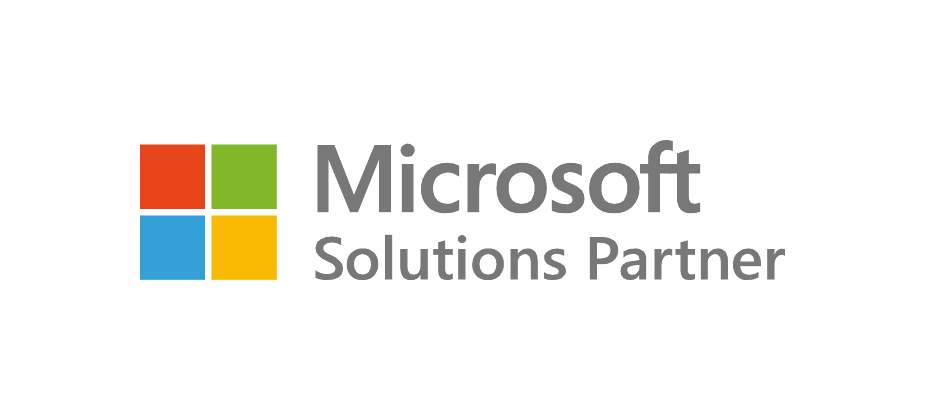Cybersecurity is no longer just a worry to be dealt with by the IT department: with each passing year, it is taken more seriously at board level by companies around the world. In Britain, companies are taking notice of the enormous fines imposed for data leaks in the wake of the EU’s GDPR policy, says Ian Glover, president of cybersecurity certification organisation CREST.













